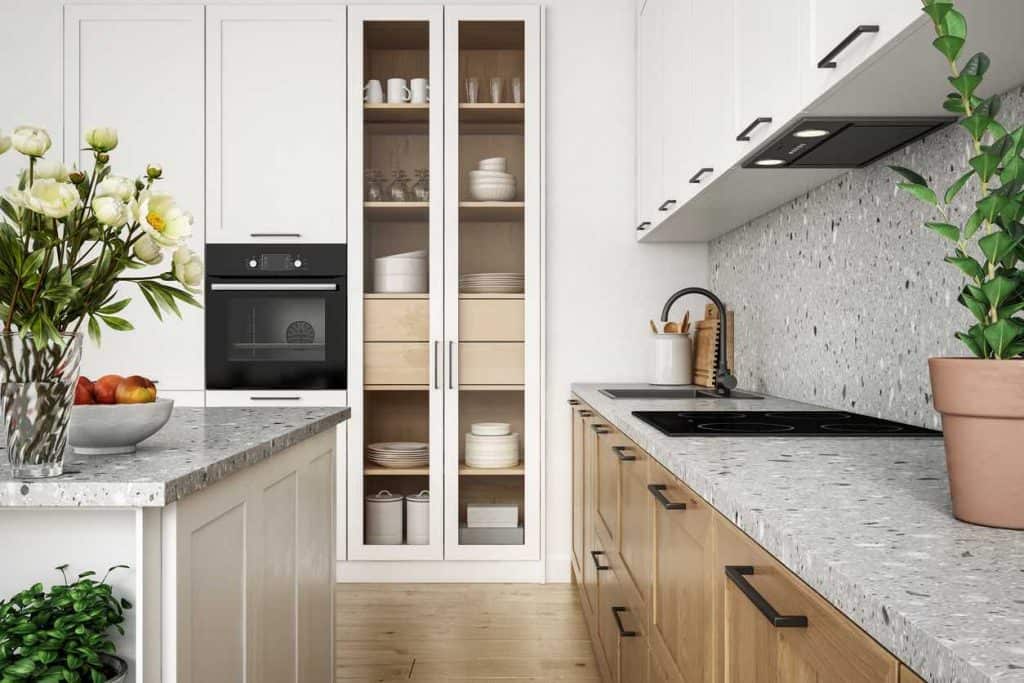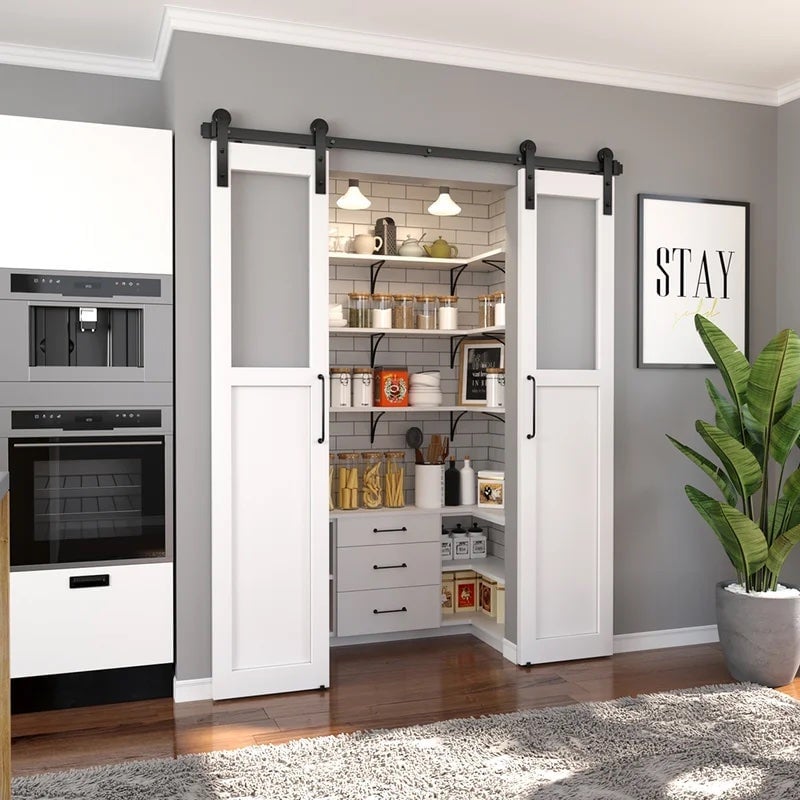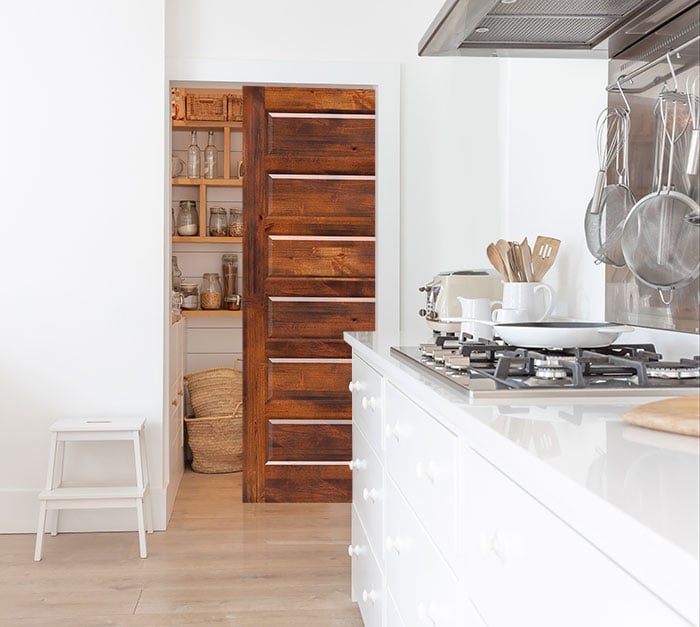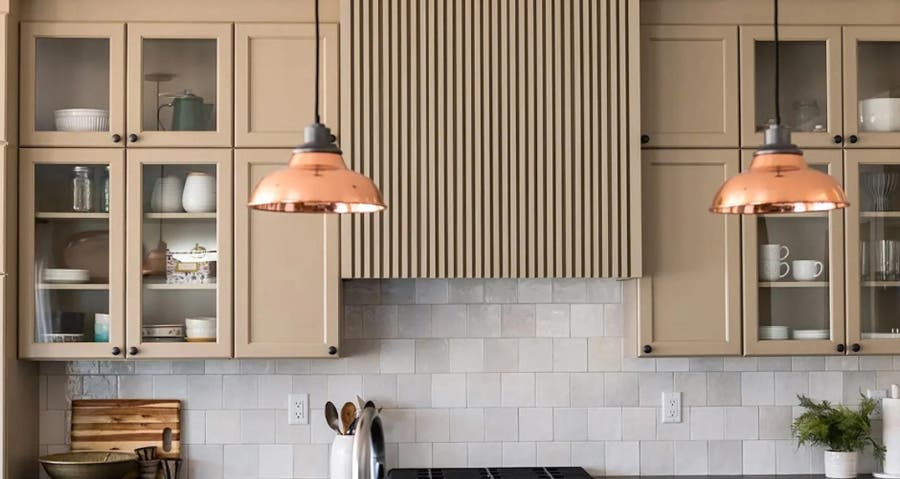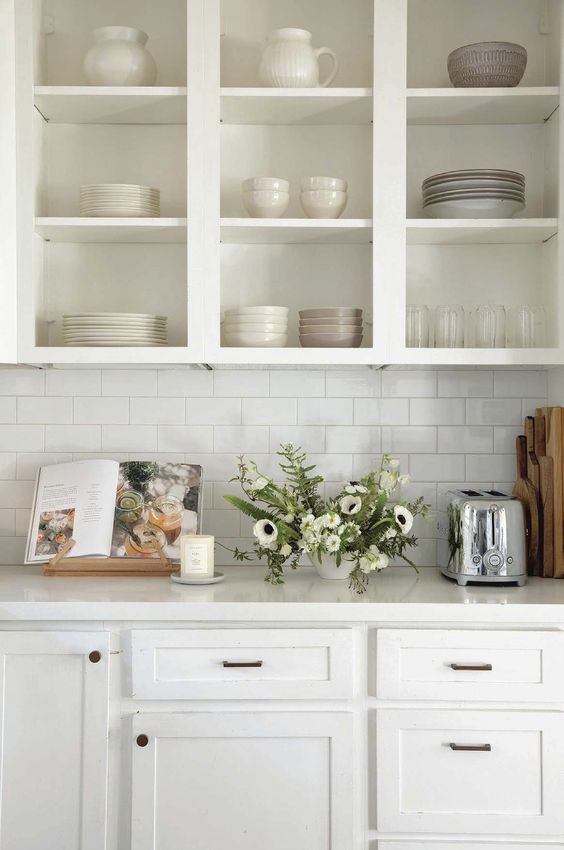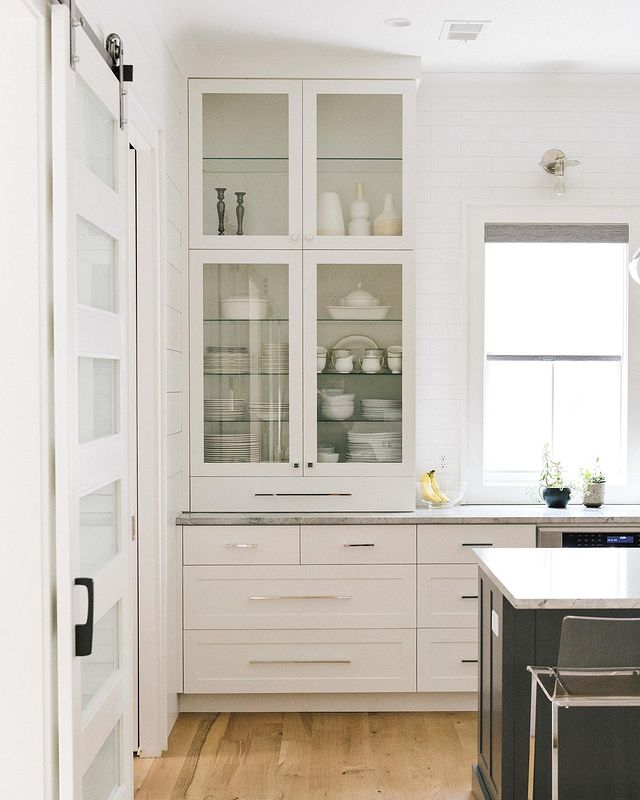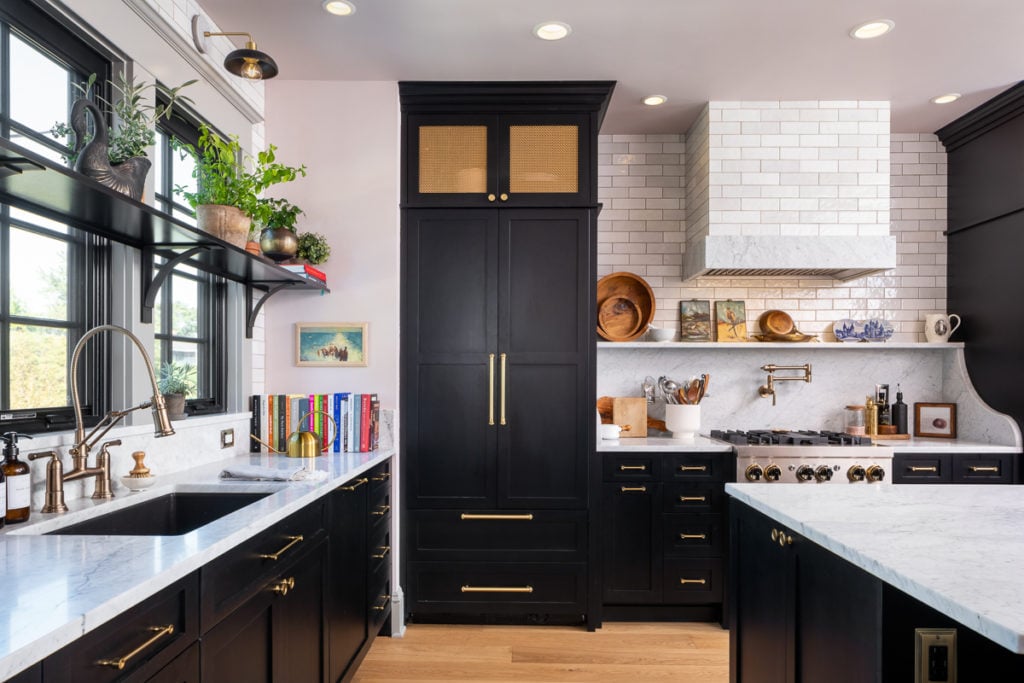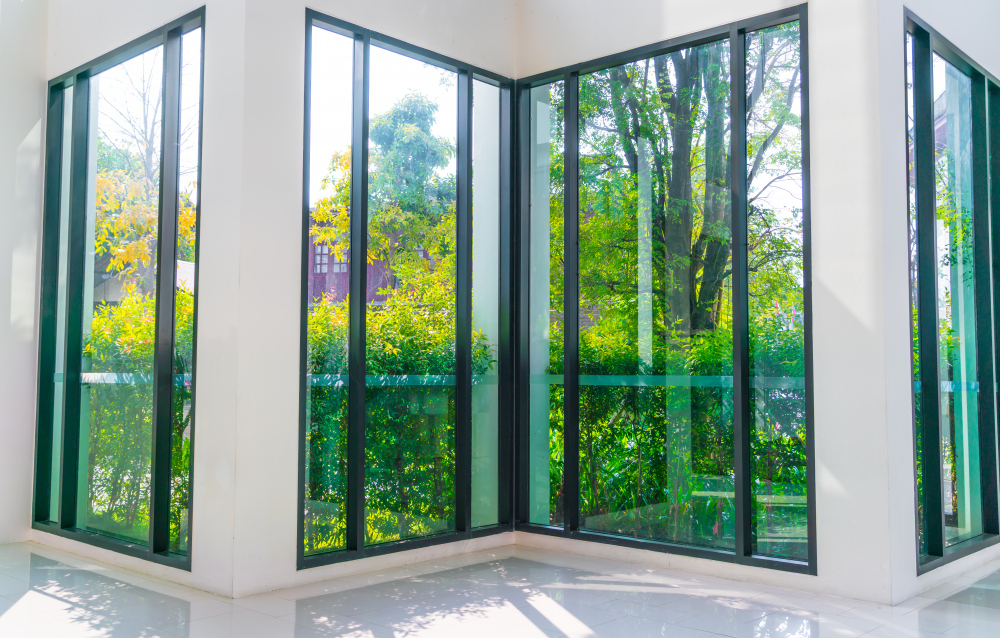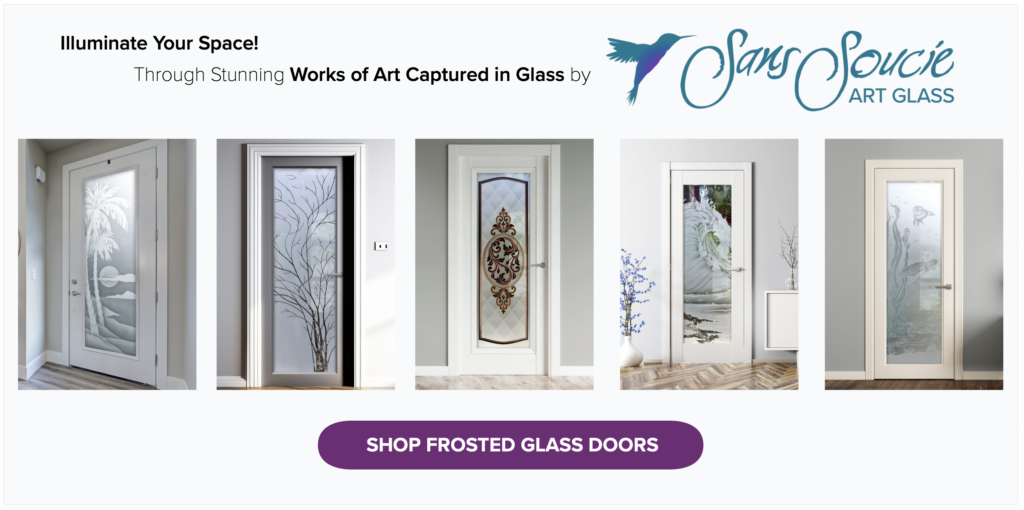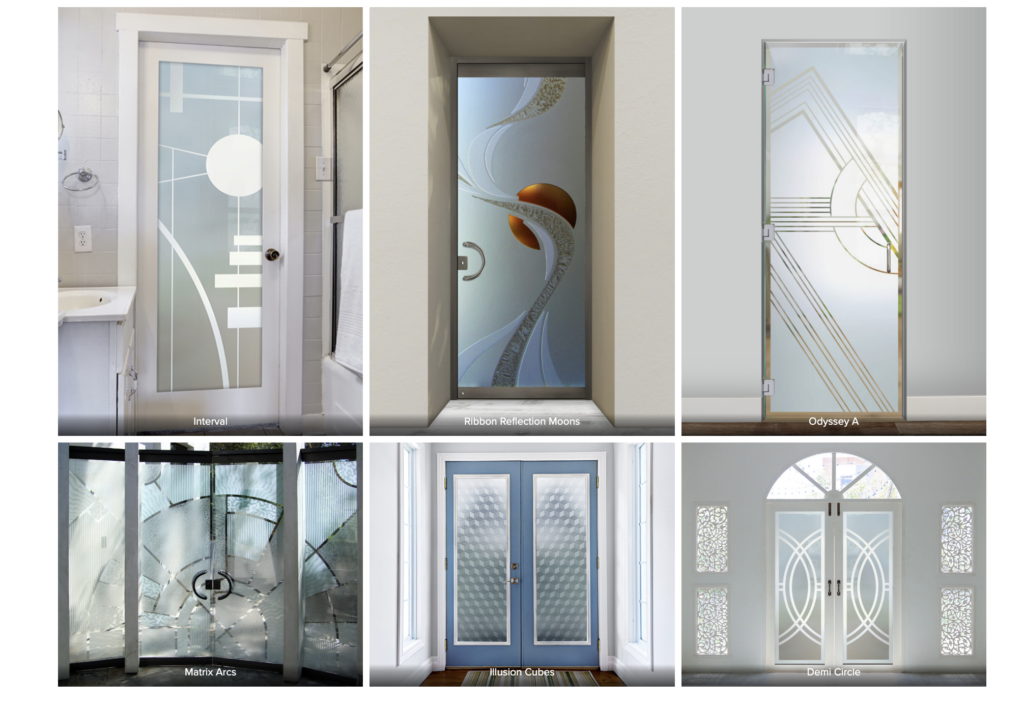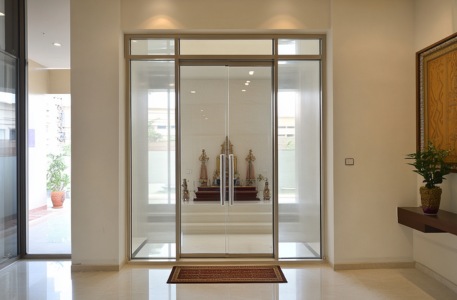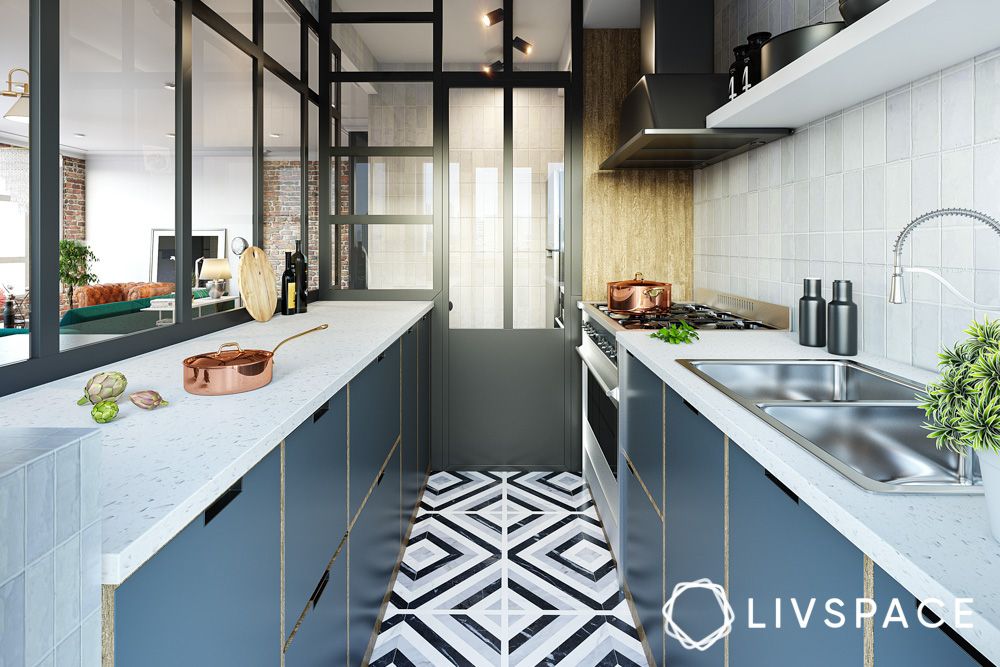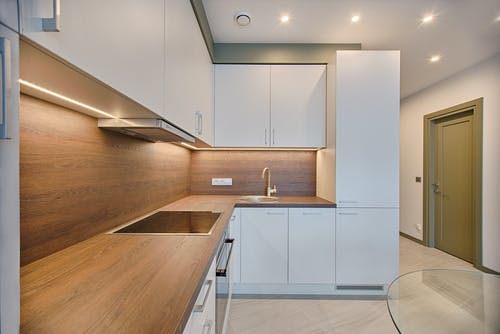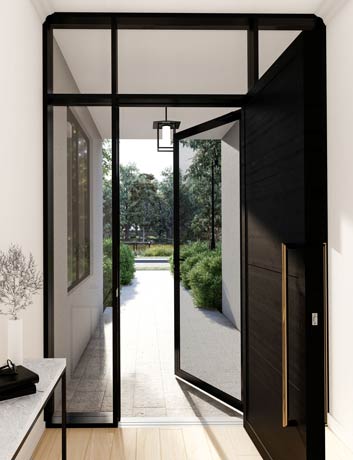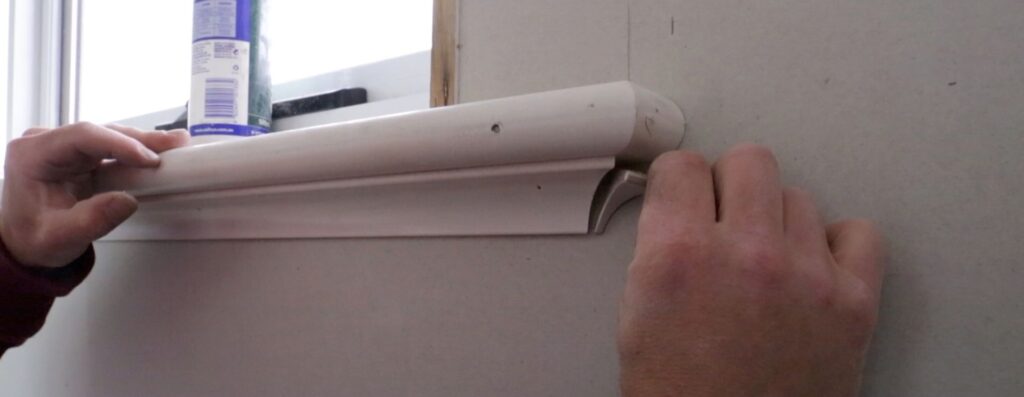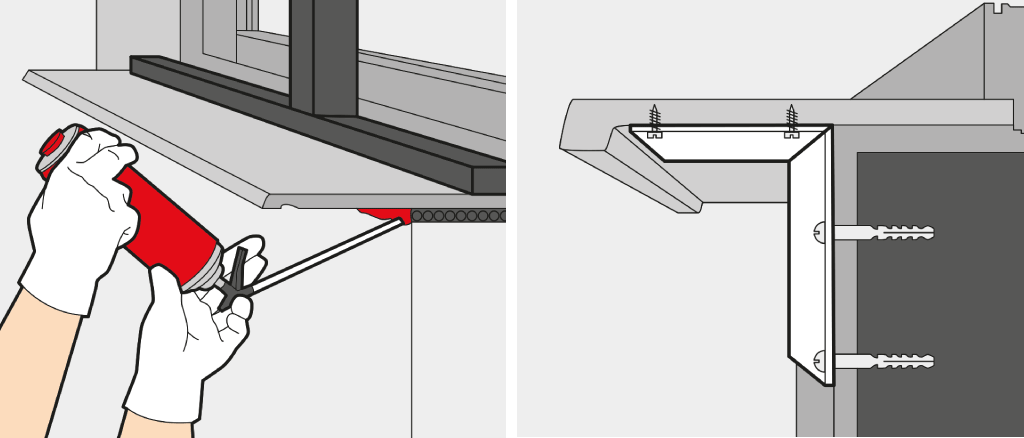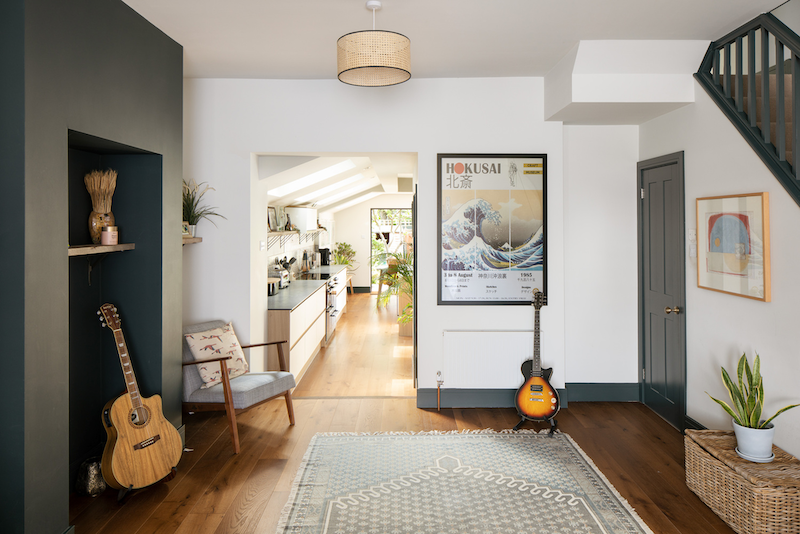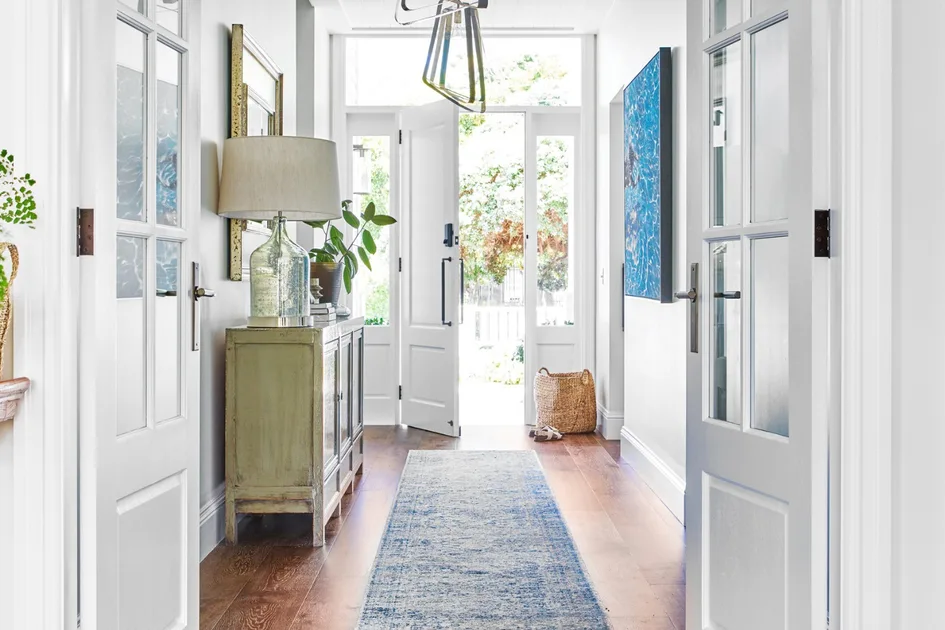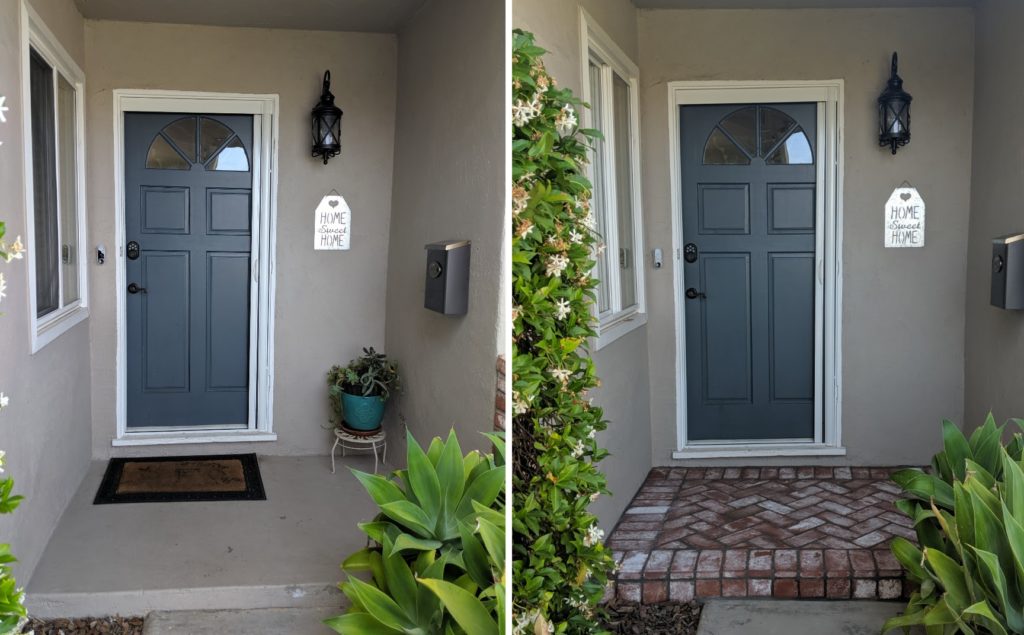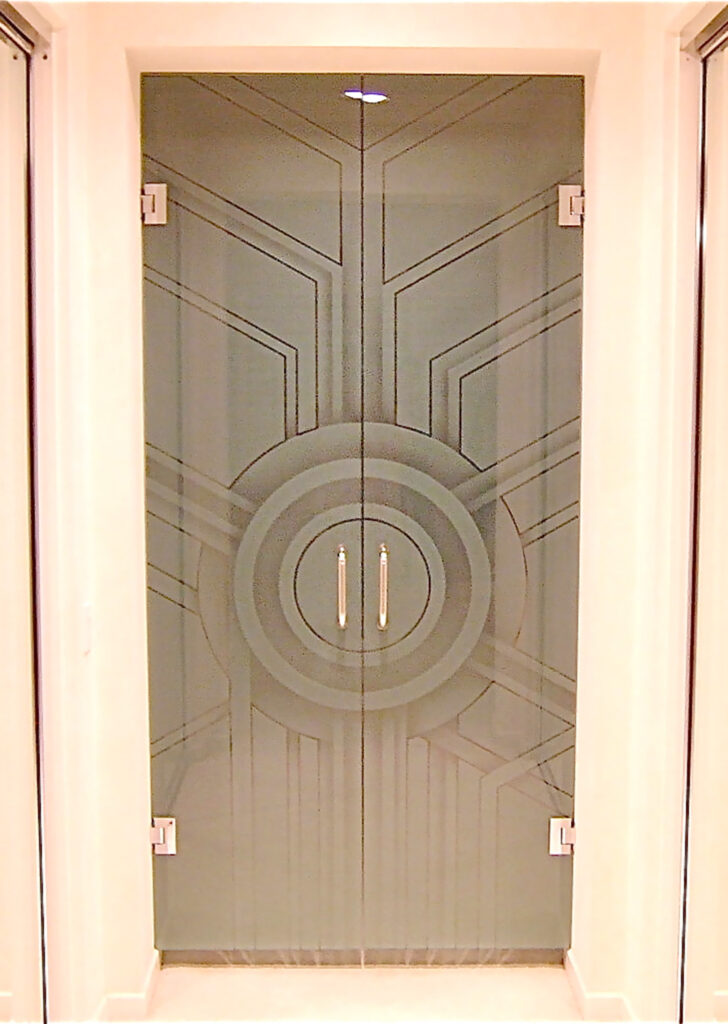
In the realm of modern architecture and interior design, contemporary doors with glass stand as a testament to the seamless fusion of functionality and aesthetics. These doors are not merely entryways; they are pivotal elements that redefine spaces, allowing natural light to dance through interiors while adding a touch of sophisticated elegance. This article delves into the diverse world of contemporary glass doors, exploring their styles, materials, and the profound impact they have on modern living spaces.
The Allure of Natural Light
One of the most compelling advantages of incorporating contemporary doors with glass into your home is the abundance of natural light they invite. Natural light has been shown to improve mood, increase productivity, and create a more welcoming atmosphere. By replacing solid doors with glass-paneled alternatives, you can transform dark, enclosed spaces into bright, airy environments.
Styles and Designs
The versatility of contemporary doors with glass is evident in the myriad of styles and designs available. Whether you prefer minimalist elegance or bold, statement-making features, there’s a glass door to suit your taste.
1. Sliding Glass Doors

Sliding glass doors are a popular choice for patios, balconies, and large openings. Their space-saving design and expansive glass panels create a seamless transition between indoor and outdoor spaces. These doors often feature large panes of tempered glass, ensuring safety and durability.
2. Pivot Glass Doors
Pivot glass doors add a dramatic flair to any entrance. Their unique rotating mechanism and large glass panels create a stunning focal point. These doors are ideal for grand entrances and contemporary homes seeking a bold architectural statement.
3. French Doors with Glass
French doors with glass offer a classic yet contemporary appeal. These doors feature multiple glass panes, often divided by muntins, creating a timeless aesthetic. They are perfect for dividing living spaces or leading to patios and gardens.
4. Frameless Glass Doors
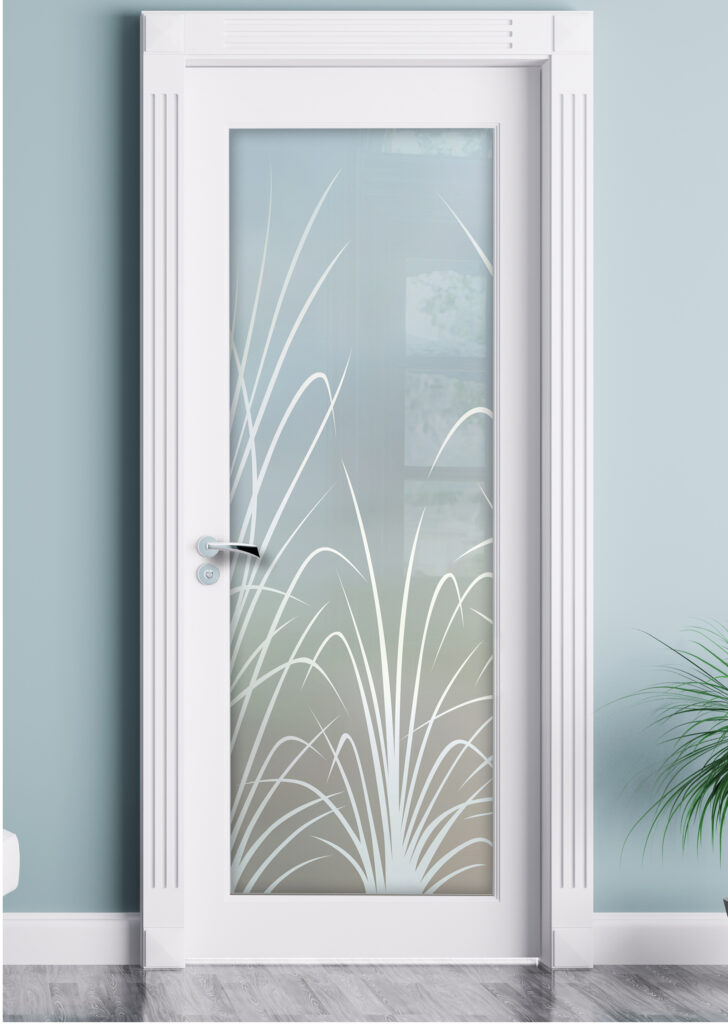
Frameless glass doors embody the essence of minimalist design. These doors feature large, uninterrupted panes of glass, creating a sleek and modern look. They are ideal for spaces where maximizing natural light and creating a sense of openness is paramount.
Materials and Customization
The materials used in contemporary doors with glass play a crucial role in their performance and aesthetic appeal. Common materials include:
- Tempered Glass: Known for its strength and safety, tempered glass is a popular choice for glass doors.
- Laminated Glass: This type of glass consists of two or more layers of glass bonded together with an interlayer, providing enhanced safety and sound insulation.
- Aluminum Frames: Lightweight and durable, aluminum frames offer a sleek and modern look.
- Wood Frames: Wood frames add warmth and character to glass doors, complementing a variety of interior styles.

Customization options allow homeowners to tailor their contemporary doors with glass to their specific needs and preferences. This includes selecting the type of glass, frame material, hardware, and finishes. Tinted glass, frosted glass, and decorative glass options provide privacy and aesthetic enhancements.
Enhancing Your Home’s Aesthetic
Contemporary doors with glass have the power to transform the ambiance of your home. By maximizing natural light, creating a sense of openness, and adding a touch of modern elegance, these doors enhance both the functionality and aesthetic appeal of your living spaces. Whether you’re renovating an existing home or designing a new one, incorporating contemporary glass doors is a worthwhile investment that will elevate your interior design.
Conclusion
Contemporary doors with glass are more than just functional elements; they are architectural features that redefine spaces and enhance the quality of life. By embracing the beauty and versatility of glass doors, you can create a modern, light-filled home that reflects your unique style and preferences. The blend of form and function that these doors provide, make them a superior and excellent choice for any modern home.
